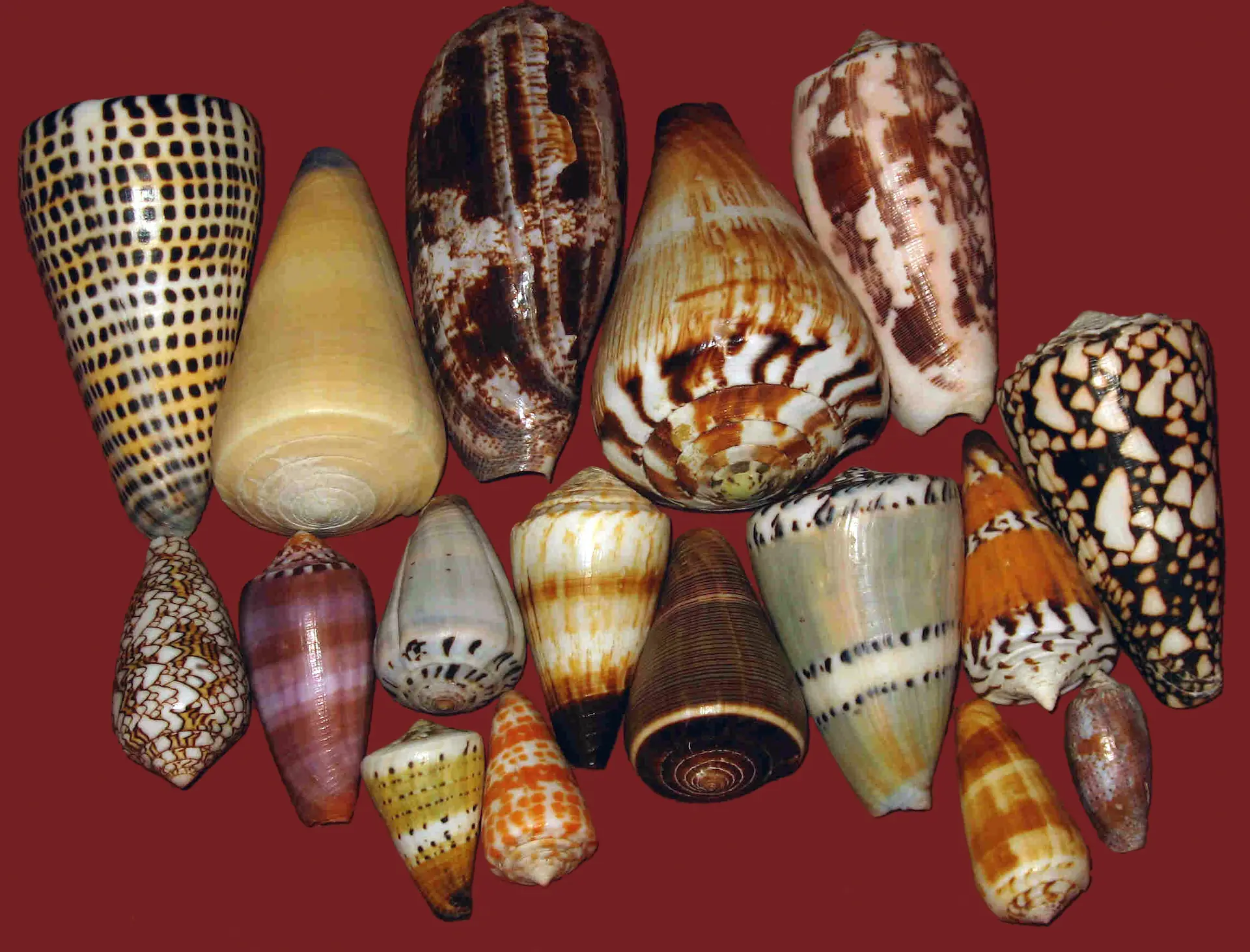Caution: Killer Cone Snails
Though colorful and intriguing, cone snails are among the most venomous creatures on Earth

If you’ve ever been to an amusement park, you’ve probably heard or read the phrase, “Keep your hands and arms inside the vehicle at all times.” While our planet is full of magical, mesmerizing and often enticing creatures, the same “look, don’t touch!” rule applies when visiting and exploring the beach, ocean or any body of water. And this is especially true for the cone snail—one of the most venomous animals on Earth.
Cone snails’ shells are narrow at the base and wide at the opposite end and have spires, or coils. Though their shells are often colorful and intricately patterned, that is not an invitation to be touched or picked up. There are at least an estimated 600-700 species of these marine gastropods, from the family Conidae, all of which are venomous.
Get Ocean Updates in Your Inbox
Sign up with your email and never miss an update.
Cone snails are stealthy when hunting prey and have a “harpoon-like” tooth called a radula that extends like a long, flexible tube and rapidly injects toxic venom. While the radula is most often used to hunt and paralyze fish and worms before consuming them, be cautious: Humans can be jabbed by stepping on or picking up a cone snail.
The complexity of the toxins in the venom, and the fact that the venom composition varies widely from species to species, makes the creation of antidotes difficult. Typically, a cone snail’s venom will initially cause tingling or numbness at the injection site, then spread to the impacted limb and eventually the entire body.
Cone snails are not currently listed as endangered or threatened, but their populations are at risk of depletion due to being over-harvested for their highly-prized shells, as well as being collected for scientific and medical research on the potential uses of their venom as medicine.
These tropical and temperate ocean dwellers tend to live in shallow waters and are commonly found near coral reefs or hiding in the sand or under coral shelves; some cone snails spend their time among mangroves. Their sizes range from just half an inch to more than nine inches in length, and they comprise three groups according to their diets: molluscivores (mollusk-eaters), piscivores (fish-eaters) and vermivores (worm eaters).
Watch below for an up-close look at a deadly cone snail hunting prey.
As always, we encourage everyone who can to enjoy exploring our beautiful ocean and all it has to offer—including intriguing cone snails—but be cautious and think twice before touching or picking anything up. Take a virtual deep dive through Ocean Conservancy’s Wildlife Library and learn more about several fascinating creatures that dwell in our ocean.